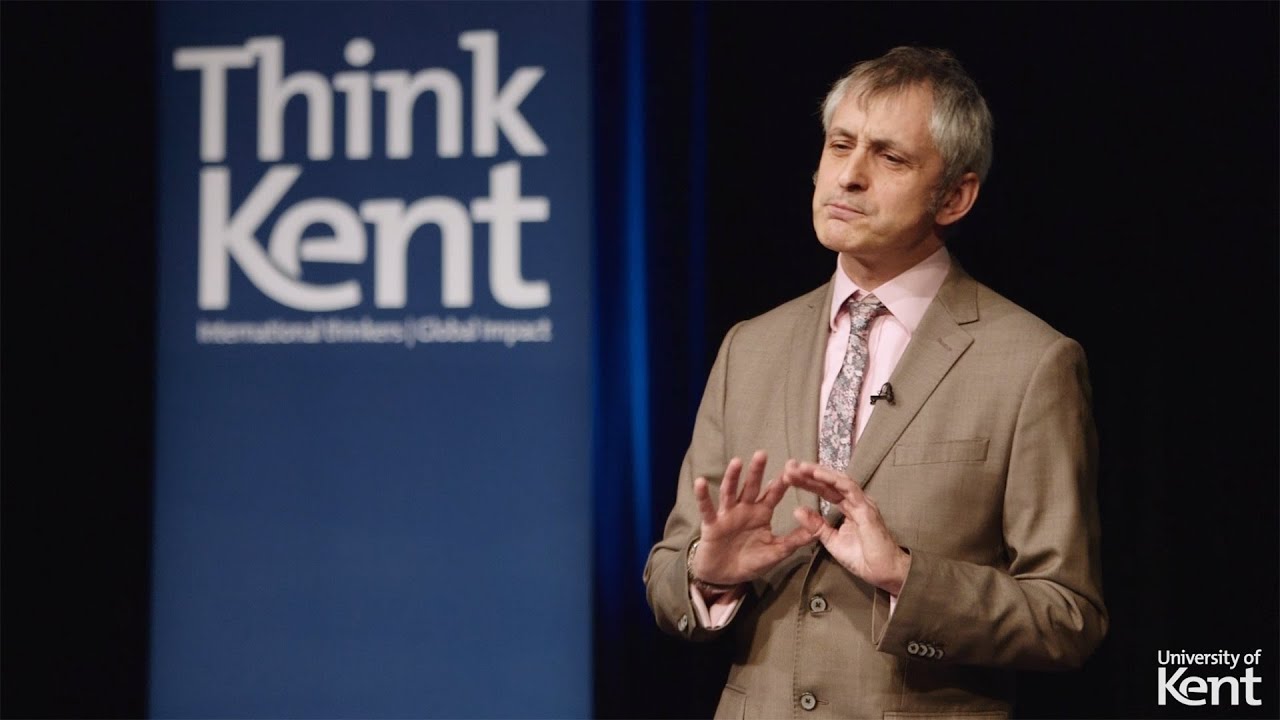University of Kent
THINK KENT – INTERNATIONAL THINKERS | GLOBAL IMPACT
Architectural history and criticism tend to emphasise the innovatory and the successful. But in fact, most buildings are not innovative, and being considered a success at the time of construction is no guide to significance. If we are to have something to say about the great majority of buildings that go up, we have to cast the net wider and welcome different ways of telling their stories. We need also to get away from the language of ‘good’ and ‘bad’ – one of the long-lasting legacies of the Gothic Revival in Britain, the architects of which used the strongest language to attack the comfortable but lazy and constructionally incompetent buildings of the Georgians.
This talk suggests other ways in which we can have a debate about architecture – by finding stories to tell that bring more people into the conversation, and which avoid the exclusivity that surrounds debates within the profession. Can a story tell us more about a building than even the most sophisticated plan? Whose stories are we looking at? Does it matter if they conflict, or don’t quite tell the truth? Does being a critical failure really matter, if a building can tell many stories to the great majority of people that see them?
► SEARCH for a course at the University of Kent: http://www.kent.ac.uk/courses/?utm_source=YouTube&utm_medium=BrittainCatlinSearch&utm_campaign=ThinkKent1516
► Research at Kent: https://www.kent.ac.uk/research/?utm_source=YouTube&utm_medium=BrittainCatlinResearch&utm_campaign=ThinkKent1516
► SUBSCRIBE for more Think Kent lectures: http://www.youtube.com/user/UniversityofKent?sub_confirmation=1
ABOUT DR TIMOTHY BRITTAIN-CATLIN
Timothy Brittain-Catlin is an architect who has been writing about architectural history for many years, both for a general readership and for those with a particular interest in the revolutionary changes in architectural thinking in early nineteenth-century England. He joined the Kent School of Architecture from the Architectural Association in September 2007.
He specialises in early nineteenth-century and early twentieth-century English architecture and in particular, the work of A.W.N. Pugin, completing a doctorate on ‘The English residential architecture of A.W.N. Pugin in its context’ in 2004 under the supervision of Andrew Saint at the University of Cambridge.
He is a regular contributor to the World of Interiors and the Architectural Review, and his publications include How to Read a Building (2007) and Churches (2008). His book The English Parsonage in the Early Nineteenth Century (http://www.kent.ac.uk/architecture/staff/tbc_book/index.html) was published by Spire Books in association with English Heritage in July 2008. His latest book is Bleak Houses: Disappointment and Failure in Architecture, published in 2014 by The MIT Press. The book launch podcast is available at https://player.fm/series/mit-press-podcast/mit-press-podcast-bleak-houses.
He is deputy chairman of the 20th Century Society, and a member of the Southern Buildings Committee of the Victorian Society and the South East Regional Design Panel.
► Find out more about Dr Timothy Brittain-Catlin:
https://www.kent.ac.uk/architecture/staff/academic/brittaincatlin_tim.html?utm_source=YouTube&utm_medium=BrittainCatlinProfile&utm_campaign=ThinkKent1516
Find the University of Kent on social media:
► Facebook: https://www.facebook.com/UniversityofKent
► Twitter: https://twitter.com/unikent
► Instagram: https://instagram.com/unikentlive/
► LinkedIn: https://www.linkedin.com/company/university-of-kent
Source



